
Geophysical Research at UBC
The UBC Geophysical Inversion Facility (GIF) (http://gif.eos.ubc.ca) is a research unit at the Department of Earth, Ocean, and Atmospheric Sciences (EOAS). It is co-directed by Doug Oldenburg and Eldad Haber and our research is concerned with the development of numerical strategies and associated software needed to invert data from various types of geophysical surveys. The research is applicable to many areas in the geosciences but particularly in resource exploration, geotechnical, and environmental problems. There are two main themes of research. The first is concerned with simulating and inverting electromagnetic data in time or frequency from controlled or natural sources. Our abilities to solve full waveform time domain inverse problems provides application opportunities for different problems in resource exploration (e.g. minerals/hydrocarbons/water) and monitoring (e.g. steam in EOR or SAGD projects, or proppant in hydrofracturing). Current and immediate future research in this area includes: abilities to extract information about electrical conductivity and magnetic permeability when these properties are frequency dependent, continual improvement in numerical modelling to handle large scale EM problems involving 10’s of thousands of sources over large scale earth volumes, and coupling EM with the fluid flow in reservoir or contaminant problems. The second theme concerns the development of a new generation of potential field codes for inverting gravity and magnetic data and the development of GIFtools. This is a software environment for carrying out multi-types of geophysical inversions while incorporating information from geology, petrophysics, or other types of geophysical data. The research themes are principally funded via two consortia involving NSERC, mining and oil companies. There are currently 18 graduate students, 2 research associates, 4 postdoctoral fellows and 3 programmers within the GIF group.
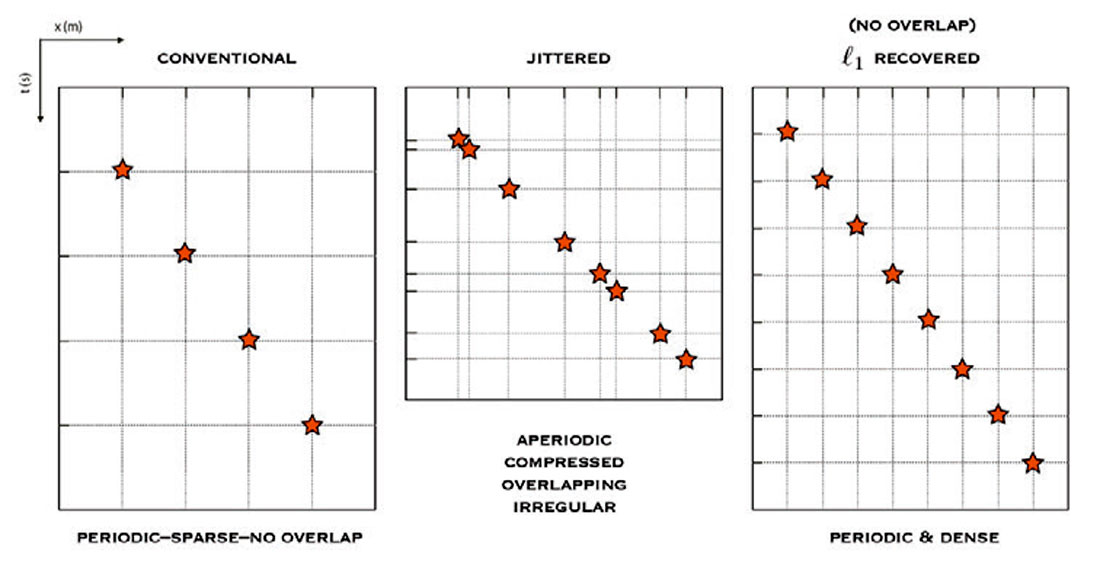
The UBC Seismic Laboratory for Imaging and Modelling (SLIM), https://www.slim.eos.ubc.ca, directed by Felix J. Herrmann conducts industry-supported interdisciplinary research in areas ranging from seismic acquisition, processing, modelling, imaging, migration velocity analysis, and full-waveform inversion. Our research program (see our mind map – https://www.slim.eos.ubc.ca/Publications/Mindmap/cmap_SLIM_html/SLIM.html), organized in the widely acclaimed SINBAD consortium supported by 13 oil and gas majors and contractor companies, builds on recent developments in compressive sensing and large-scale optimization. Our research has let to major breakthroughs in areas such as randomized acquisition in marine acquisition (Figures 1 and 2), with the introduction of random coil sampling for marine by WesternGeco and randomized sampling on land and marine by ConocoPhillips, and in full-waveform inversion (Figure 3), where our batching technology has led to 4-5 fold increases in computational efficiency, making the difference between loss or profit for a large contractor company. Our research findings are disseminated in a wide range of publications in the geophysical and mathematical literature and in the form of software releases to our industrial sponsors. We match the industrial support from SINBAD with the NSERC Collaborative Research and Development grant DNOISE, which allows us to further broaden our research program by actively involving faculty from Mathematics and Computer Science with expertise in compressive sensing, optimization, numerical linear algebra, and machine learning. This unique interdisciplinary research program, in conjunction with our participation in the International Inversion Initiative I3 that gives us unprecedented and exclusive access to a large $10M (17k core) machine, puts the SLIM team with its 30 researchers in a great position to continue its leadership role in the development and evaluation of state-of-the-art acquisition, processing, and wave-equation based inversion technology on industrial field datasets.
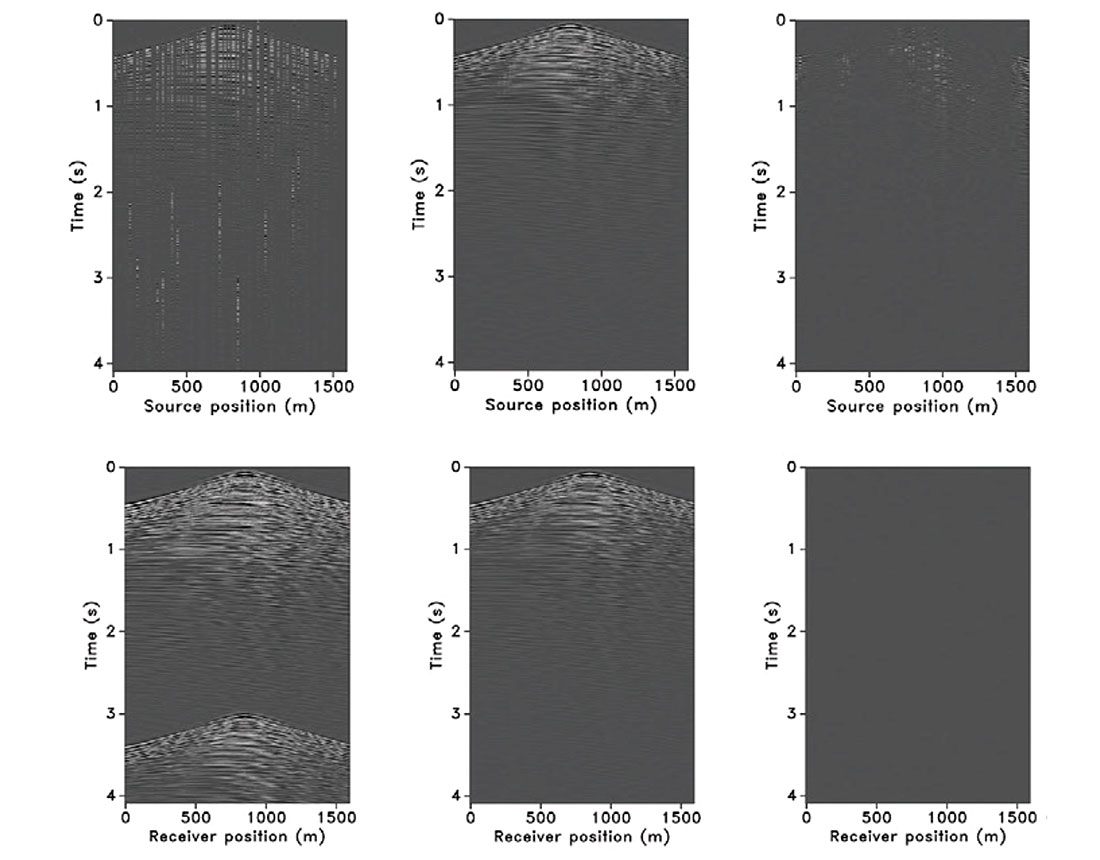
Aside from having two world-class research programs in exploration geophysics, EOAS has geophysics faculty active in glaciology (Christian Schoof and Valentina Radic), mantle dynamics (Mark Jellinek), planetary geophysics (Catherine Johnson), and seismology (Michael Bostock). For further information consult the EOAS website (http://www.eos.ubc.ca).
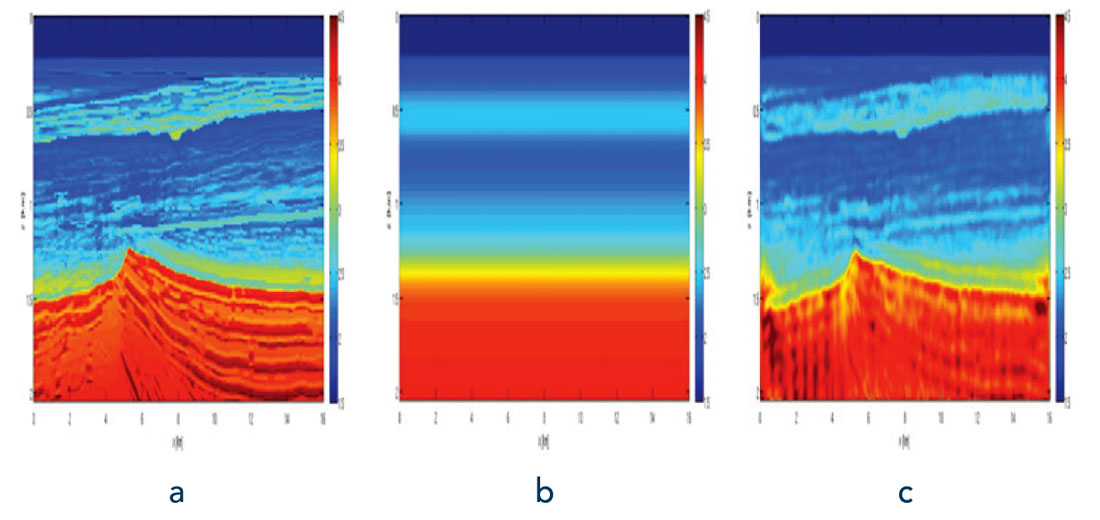





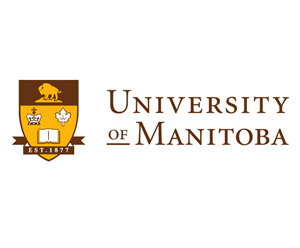
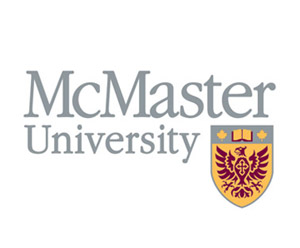
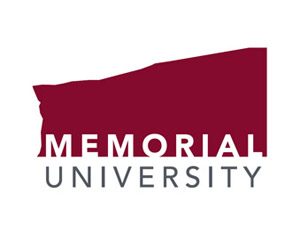
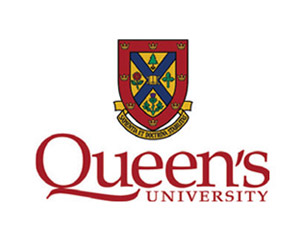






Join the Conversation
Interested in starting, or contributing to a conversation about an article or issue of the RECORDER? Join our CSEG LinkedIn Group.
Share This Article